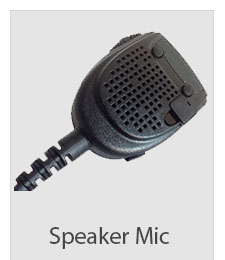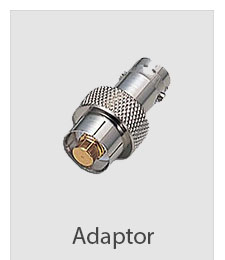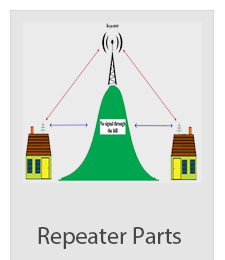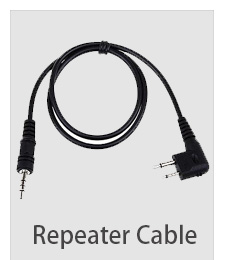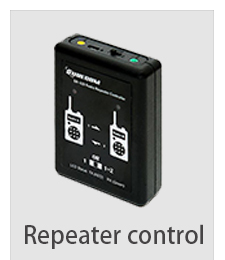Network Radios work
Network Radio devices operate by transmitting and receiving very low power radio frequency energy propagated through free space to connect to RF equipment located at mobile phone cell tower sites using GSM/2G/3G/4G/LTE/WCDMA radio communications modes/protocols.
Network radios (and mobile phones) establish data connections with 'cell-phone sites' The global network of 'cell-towers' operate as RF gateways operating on allocated mobile device communications bands including 800MHz, 900MHz, 1.8GHz, 2.1GHz and 2.6GHz
The specific bands, uplink/downlink frequencies, modes and data transfer protocols used at any given time depends on the specifications of the device in use, mobile data provider/SIM type and cell tower network coverage at the current location.
The end user/operator does not need to worry about selecting or changing between the various bands, modes etc as the network radio deals with all the band, frequency, receiver gain, RF output power and mode switching automatically as local conditions and signal strengths change.
Bluetooth and WiFi data links operate in the 2.4GHz ISM band. Most Network Radios default networking configuration uses the WiFi data connection as its primary mode automatically switching to the mobile network when the WiFi connection quality/signal strength drops, reconnecting automatically when WiFi signal strength increases to a workable level. WiFi and Mobile networking can be selectively enabled or disabled when required.
|







